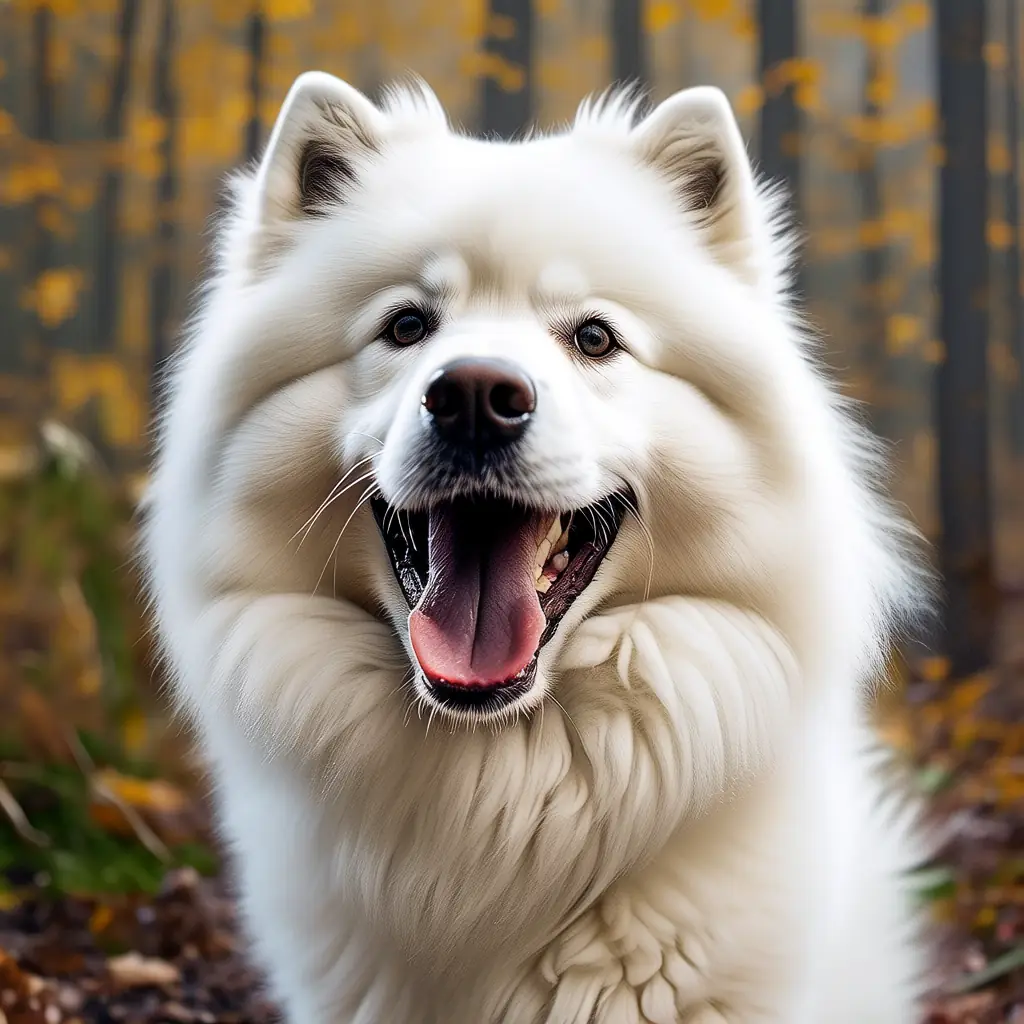Why Dog Socialization Matters and How to Do It Right
As a dog owner, you want your canine friend to be happy, healthy, and well-behaved. One of the most important aspects of raising a well-adjusted dog is socialization. Proper socialization helps your dog become comfortable and confident in various situations, reducing anxiety and behavioral issues. In this blog post, we'll explore why socialization is crucial and provide practical tips to help you get started.
What Is Dog Socialization?
Dog socialization is the process of exposing your dog to different people, animals, environments, and experiences in a positive and controlled manner. This helps your dog develop the skills needed to interact appropriately with the world around them. Early and consistent socialization can prevent fear, aggression, and other behavioral problems later in life.
Why Is Socialization Important?
- Reduces Fear and Anxiety: A well-socialized dog is less likely to feel scared or anxious in new situations, making them more relaxed and easier to handle.
- Prevents Aggression: Dogs that are not properly socialized may become fearful or aggressive when faced with unfamiliar people or animals.
- Enhances Quality of Life: A well-socialized dog can enjoy a wider range of activities and experiences, leading to a happier and more fulfilling life.
- Improves Bonding: Socializing with your dog strengthens the bond between you and your pet, as you spend quality time together in various settings.
Practical Tips for Socializing Your Dog
Start Early
The critical socialization period for puppies is between 3 and 14 weeks of age. During this time, they are most receptive to new experiences. However, socialization should continue throughout your dog's life to maintain their confidence and adaptability.
Expose Gradually
Introduce your dog to new people, animals, and environments gradually and in a positive way. For example, start by introducing your dog to one or two new friends at a time, rather than overwhelming them with a large group. Use treats and praise to create positive associations.
Visit New Places
Take your dog to different places, such as parks, pet stores, and dog-friendly cafes. This will help them become accustomed to various sights, sounds, and smells. Make sure to keep the experience positive and reward your dog for good behavior.
Meet Different People
Introduce your dog to a variety of people, including children, seniors, and individuals with different appearances and personalities. Encourage gentle and positive interactions, and always supervise to ensure safety.
Interact with Other Dogs
Arrange playdates with other well-behaved dogs. This can be done in a controlled environment, such as a fenced yard or a dog park. Ensure that all dogs are up-to-date on their vaccinations and are friendly towards each other.
Handle Your Dog Regularly
Get your dog used to being handled by gently touching their paws, ears, and mouth. This will make vet visits and grooming sessions less stressful. Reward your dog with treats and praise to make these experiences positive.
Real-World Scenarios
Scenario 1: Meeting Strangers
Imagine you're at a park, and a friendly stranger approaches you and your dog. Instead of pulling on the leash or barking, your well-socialized
